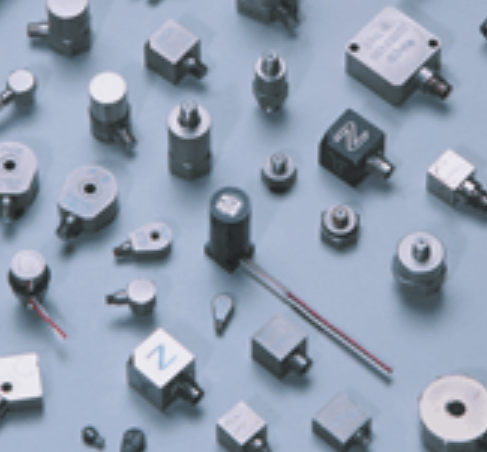ICP vs Charge Mode Sensors and Instrumentation
By Mike Dillon, Calibration Product Group Manager
|
 Piezoelectric sensors are widely accepted for their excellent output linearity and dynamic response. As sensor users, it is important to understand the core principles of piezoelectricity, the fundamental advantages and disadvantages of piezoelectric sensors, as well as the basics of signal conditioning designs... Piezoelectric sensors are widely accepted for their excellent output linearity and dynamic response. As sensor users, it is important to understand the core principles of piezoelectricity, the fundamental advantages and disadvantages of piezoelectric sensors, as well as the basics of signal conditioning designs...
modalshop.com/calibration.asp?ID=1045
|
What's the Difference? Percent Difference vs Deviation In Accelerometer Calibration
By Patrick Timmons, Calibration Systems Engineer
|
 Have you ever found yourself in a lengthy calibration-related conversation? With details such as specifications, in tolerance/out of tolerance status and uncertainties being discussed? Chances are that you have ended up using "percentage difference" or "deviation" several times...
modalshop.com/calibration.asp?ID=1044
|
Blast from the Past:
10 Best Laboratory Practices
|
There are 10 practices that laboratories, test  organizations and individual analysts should keep in mind when performing daily analytical tasks. Many professionals may see these 10 practices as no-brainers. That's a good thing. However, all of us who are willing to tell the truth will admit there have been times when we might have slipped a bit on one or two. These "slips" can affect test result validity...
|
| |
Thanks for joining us for another issue of "Dynamic Sensors & Calibration Tips". As always, please speak up and let us know what you like. We appreciate all feedback: positive, critical or otherwise. Take care!
Sincerely,
 Michael J. Lally A PCB Group Company |